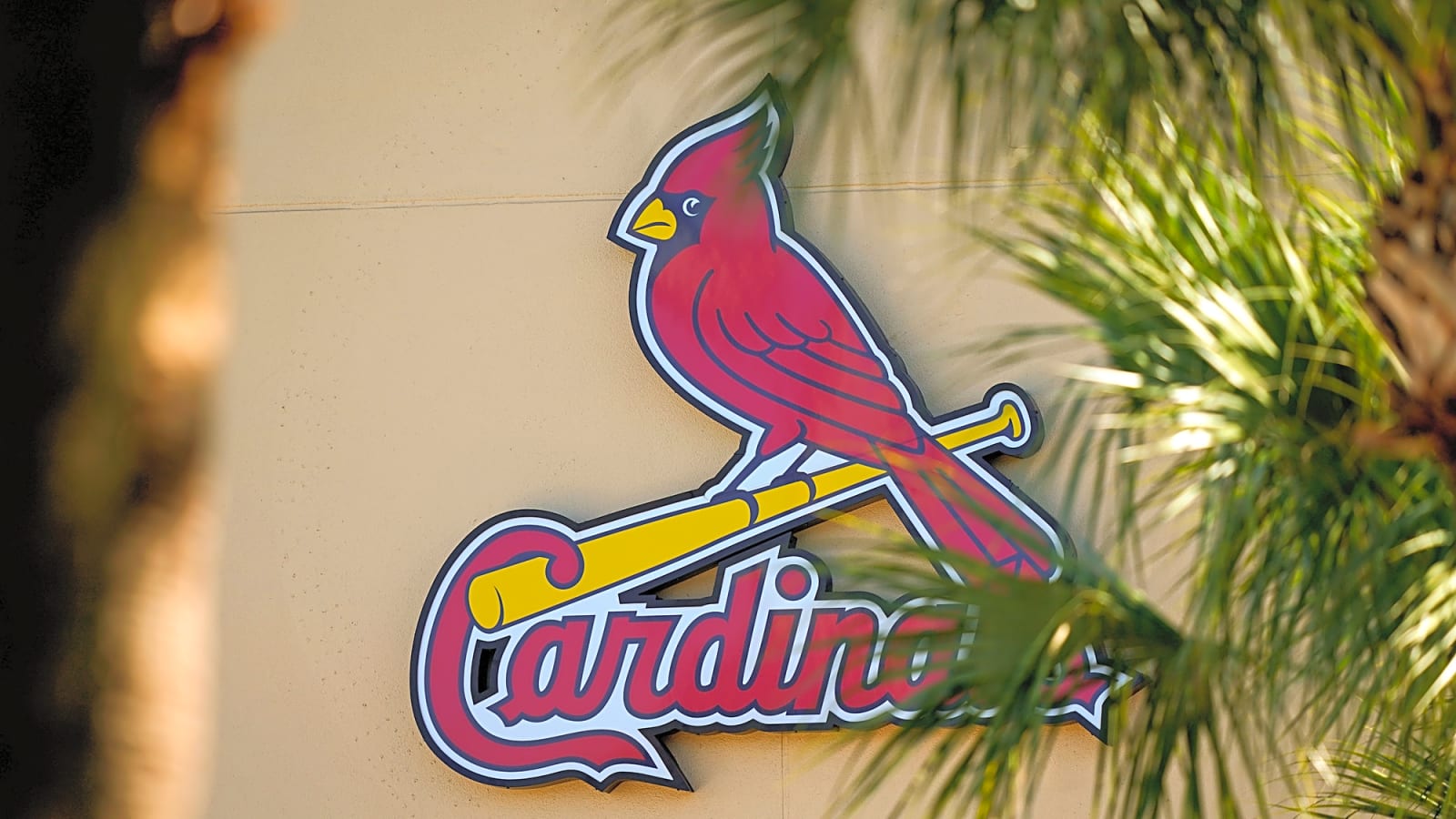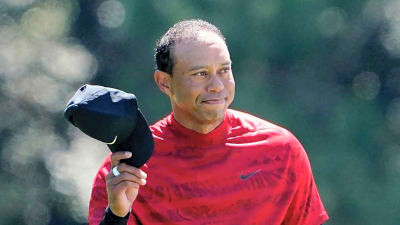
For a franchise built on the bedrock of homegrown talent, the St. Louis Cardinals had, for a few years, seen their once-vaunted farm system slip into uncharacteristic mediocrity.
The pipeline that produced generations of stars, from Stan Musial to Albert Pujols, appeared to be running dry. A significant concern for a club that prides itself on sustained competitiveness without perennial high-spending. However, as the 2020s progress, an overhaul has propelled the Cardinals back into the upper echelon of minor league rankings.
What was recently a system of question marks is now lauded, with some outlets like FanGraphs even ranking the Cardinals as having the most valuable farm system in baseball. The “Cardinal Way” of building from within is officially back in business.
The shift is a direct result of several strategic maneuvers. A series of shrewd trade deadline deals that offloaded veterans for premium young assets and high-value selections in the draft. Additionally, there has been an improvement in player development and scouting. The result is a farm system boasting both high-ceiling talent at the top and unprecedented depth. Particularly in the critical areas of middle infield and, perhaps more crucially for St. Louis, pitching.
The Crown Jewel: JJ Wetherholt and the Infield Surge
The most significant piece of the rebuild is undoubtedly infielder JJ Wetherholt. Selected as the team’s first pick in the 2024 MLB Draft, Wetherholt has done nothing but rake since turning pro. He rapidly ascended through the minors and, by the end of his first full professional season, earned himself a spot as a consensus top-10 prospect in all of baseball.
Wetherholt’s advanced approach at the plate, combined with speed and developing power, profiles him as a future cornerstone. Likely filling a void at second or third base alongside fellow homegrown star Masyn Winn. His performance has been so impressive that he has drawn national attention back to the Cardinals’ minor leagues.
However, Wetherholt is not alone in the infield. The system is now flush with high-floor, high-upside players. This collection of position players means the Cardinals have internal options to address current roster needs and valuable trade chips to acquire help, should the need arise.
Cardinals Enter New Era of Pitching Power
Perhaps the most exciting development for Cardinals fans is the renewed focus on high-end pitching prospects. For years, the farm system was criticized for prioritizing high-volume, low-ceiling arms. That narrative is changing dramatically.
The drafting of left-handed pitcher Liam Doyle signaled a true commitment to acquiring frontline pitching talent. Doyle immediately vaulted into the system’s top tier, offering the potential of an eventual ace. A commodity St. Louis has sorely lacked through the draft in recent history. Additionally, the trade deadline moves that sent veteran relievers and starters elsewhere brought in more high-upside arms. These deals demonstrated a clear organizational pivot. Sacrificing the short-term for long-term foundational pieces with high-end velocity and swing-and-miss stuff.
Beyond the newcomers, the development of pitchers already in the system has been a pleasant surprise. Quinn Mathews, a southpaw, had a breakout season in his debut that saw him emerge as one of the most dominant pitchers in the minors. The lefty led the entire minor leagues in strikeouts in 2024 and has shown the velocity and command to project as a future rotation fixture.
Furthermore, right-handers Tink Hence and Tekoah Roby, while facing injury concerns, still possess premium stuff and remain highly-ranked. This gives the Cardinals a good number of talented arms in the upper minors. The sheer number of legitimate starting pitching prospects is something St. Louis hasn’t seen in over a decade. This provides crucial depth to the organization.
Strategic Rebuilding and Future Outlook
The improvement in the farm system is not an accident, it’s a strategic shift by the front office. The willingness to trade proven Major League has greatly improved the Cardinals’ prospect depth. Additionally, with the introduction of the MLB Draft lottery, which netted the Cardinals an uncharacteristic high pick, the system has been rapidly infused with star potential.
The immediate future for the St. Louis Cardinals is now tied to this young core. Many of the top prospects are on the verge of reaching the Major Leagues, with Wetherholt and others projected to debut in the next year or two. This wave of talent will not only provide cost-controlled, high-impact players but also allow the club to enter its next competitive window with a fully stocked core. The organization has positioned itself to pivot seamlessly from its recent period of transition back to its traditional status as a perennial contender.
In a sport where sustained success is dictated by the ability to draft, develop, and acquire young talent, the St. Louis Cardinals’ farm system is once again a strength. The once depleted farm system is now restocked, signaling a bright future for baseball in St. Louis. The Cardinals have found their way back to the top of the prospect rankings, and Redbirds fans have every reason to be optimistic about the future.
More must-reads:
- Why Blue Jays should be willing to open checkbook for Kyle Tucker
- Dodgers bring back World Series hero on a one-year deal
- The 'Most passing + rushing TD games in a season' quiz
Breaking News
Trending News
Customize Your Newsletter
 +
+
Get the latest news and rumors, customized to your favorite sports and teams. Emailed daily. Always free!








